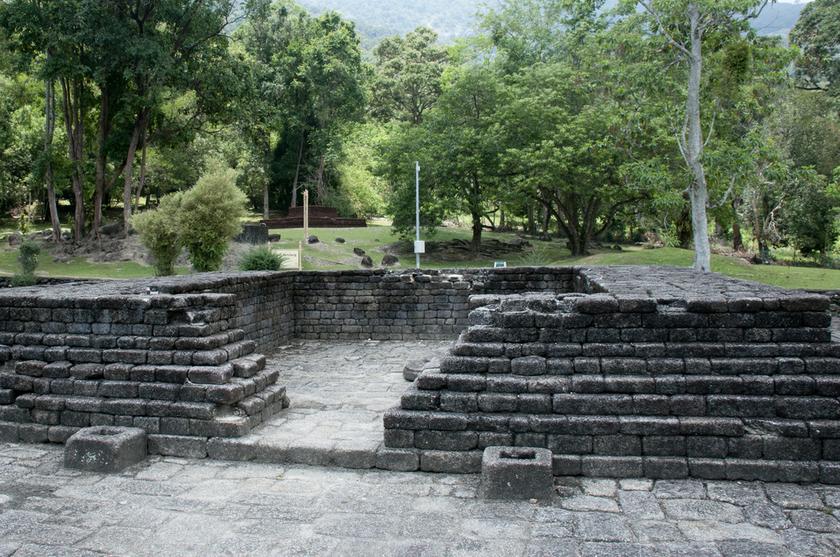KUALA LUMPUR, Dec 1 — As news of the shocking demolition of an ancient temple ruin at Lembah Bujang, Kedah spread this morning, Malaysians took to Twitter to lament the blatant disregard for the historic site and the country’s heritage in general.
Users of the social network also noted that while the discovery was appalling to some, it exposed a tendency for authorities to readily sacrifice history and heritage in the name of development.
“We have zero appreciation for historical sites. That is why we demolish Pudu Jail and want to demolish Merdeka Park. And now, this,” civil rights lawyer Syahredzan Johan wrote on the social network.
Pudu Jail in Kuala Lumpur was built by the British at the end of the 19th century but was torn down late last year to make way for commercial development.
Merdeka Park, which sits near Merdeka Stadium where the country’s independence from British rule was declared in 1957, is at risk from the impending 118-storey Menara Warisan project there.
Today, Syahredzan noted that while some countries strove to preserve their culture and history, citing Germany and its iconic Berlin Wall as an example, Malaysia appeared eager to bulldoze these into the ground.
Aerie Rahman, a columnist with The Malay Mail Online, pointed out the irony of the recent move to make History a mandatory subject in the SPM when the country’s historical sites were being demolished.
Another user who went by the screen name @1Obefiend put it succinctly: “#RIPHistory”.
Others also chimed in to express their disbelief and disgust that the 1,200-year-old ruins was torn down to make way for development, with some suggesting it to be a systemic disregard for the culture of the Malaysia’s minorities.
The destruction of the ancient ruins was confirmed by Penang Deputy Chief Minister II Prof Dr P. Ramasamy yesterday, after he personally checked the location and found one such candi or temple ruin torn down and discarded in a pile of debris.
“The candi was located at Sungai Batu and it was demolished by the developer, who is clearing the land for development, more than a month back,” he told The Malay Mail Online after he visited the site yesterday.
“This particular candi is hidden from sight behind an old oil palm estate so the developer probably demolished it first before clearing the oil palm trees,” he said.
Bujang Valley, in the Merbok district of Kedah, is well-known as the richest archaeological site in Malaysia, with more than 50 ancient candi at the site.
Most of the candi are in ruins, and some have been reconstructed and moved to a site near the Bujang Valley Archaeological Museum. Others, including candi number 11, were rebuilt at their original sites.
The ruins of these candi and other archaeological discoveries unearthed in this area date back more than 2,000 years. The destroyed example, candi number 11, is believed to have been built between the 11th and 13th century, according to research by historian Dr Mohd Supian Sabtu.
Bujang Valley is also home to the oldest man-made structure recorded in Southeast Asia — a clay brick monument nearly two millennia old.
Excavations on the site have also uncovered jetty remains, iron smelting sites and relics with Hindu and Buddhist influences that point towards a Hindu-Buddhist kingdom that traces as far back as 110 CE.
The site has been at the centre of research by various historians, archaeologists and university students in the past two decades.



















